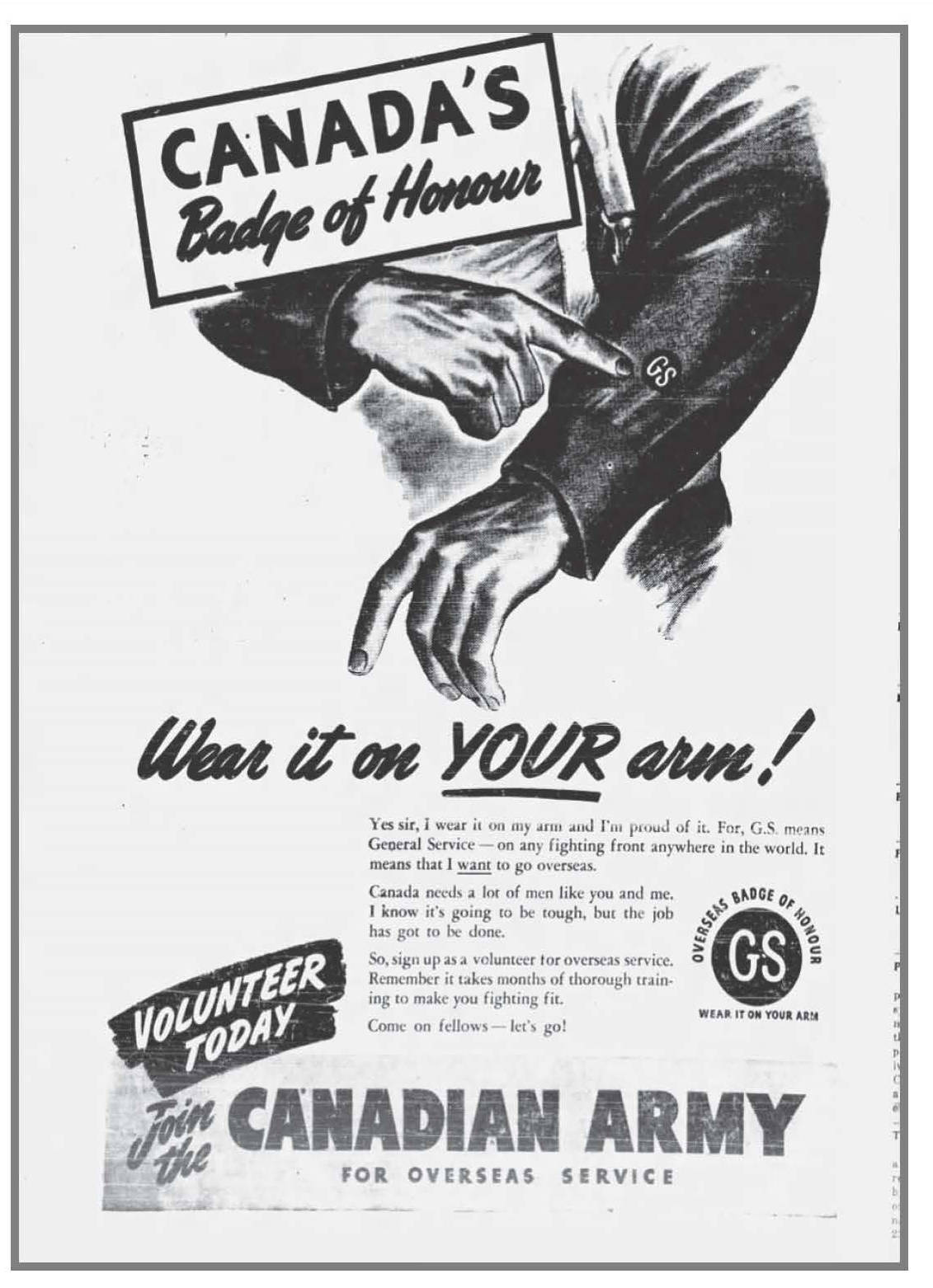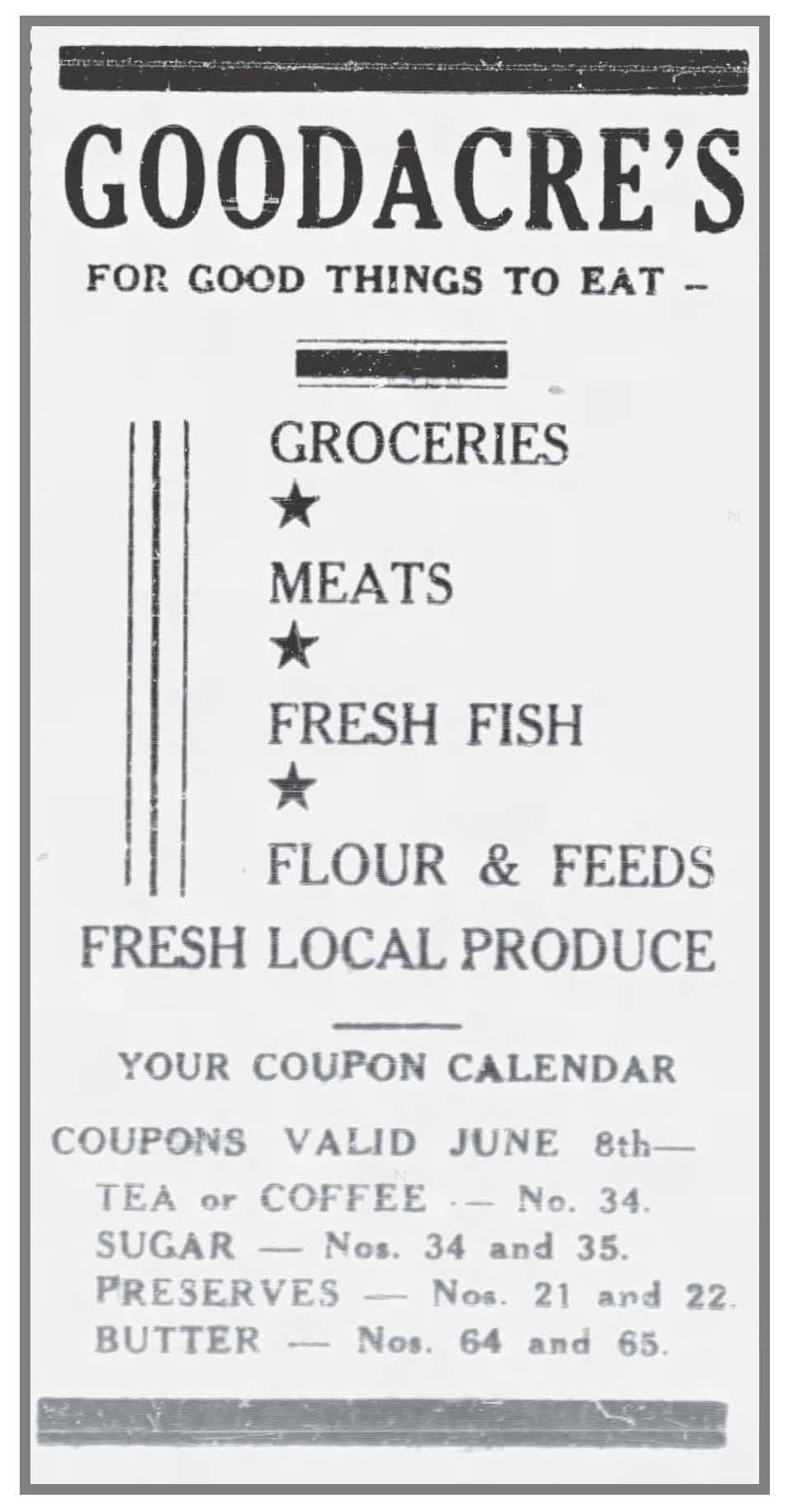Tomorrow marks the anniversary of the day historians largely recognize as the beginning of the end of the Second World War.
On June 6, 1944 the allied Canadian, British and American forces stormed the beaches of Normandy, France in a coordinated offensive that would ultimately break the German hold of western Europe.
In the June 7, 1944 edition of the Interior News, it was already being heralded as a historic battle.
“Allied headquarters announced satisfactory progress was being made in the historic invasion continuing under thunderous blows by great sea and sky fleets,” a Page 1 article reported. “Great bomber fleets roared out to blast the Nazi defences and troops.
“The weather has shown improvements, but landings are still difficult for troops.
“Canadian fighter pilots back from sorties today over the invasion coast reported “things generally going well.”
EDITORIAL: The importance of remembering D-Day
Also in the news that day was the re-opening of the Silver Standard silver mine eight kilometres northeast of Hazelton; the 50th wedding anniversary of Mr. & Mrs. Harvey Davies; and the opening of the softball season with Telkwa beating the Airport Flyers 16-9.
At the Smithers Cash & Delivery a 32-oz jar of Tang Salad Dressing was selling for 60 cents, a half pound of Malkin’s Best orange pekoe tea could be had for 45 cents and 65 cents would buy two tins of Burns’ Campfire Sausage.
At Anger the Tailor on Main Street, $37.50 would get you a made-to-order suit.
Of course, although D-Day would become the most celebrated individual date of the war, the Normandy invasion, dubbed “Operation Neptune” lasted throughout the month of June.
On June 14, the Interior News reported on the progress.
“Allied armoured attacks have cut through the German defences in Normandy at two points, it was announced Wednesday. British tanks outflanked Caen in a drive that carried them 23 miles inland. Americans pushed the Germans back several miles west of Carenton.
“It is possible Canadian armoured units were in the British tank drive.
“The British battled Nazi tanks in Troarin, which was taken yesterday and the German garrison in Caen is now hemmed in on three sides and is threatened with encirclement. Carenton, 6 miles inland at the neckof the Cherbourg Peninsula is firmly in the hands of the Americans, although bitter fighting was in progress west of the town. The Berlin broadcast Wednesday admitted that Tilly Sur Seulles was not in German hands.
“The village, 8 miles south of Bayeux has changed hands several times in hard fighting, with British and Canadians delivering the allied attacks.”
By June 30, the allies had prevailed and on July 5, the newspaper reported they were in general advance through France.
There was also sad news about a Royal Canadian Airforce member from Smithers who died in combat during the early morning hours of June 6, First Officer J.F.T. Beesley. (See clipping, this page.)
editor@interior-news.com
Like us on Facebook and follow us on Twitter



